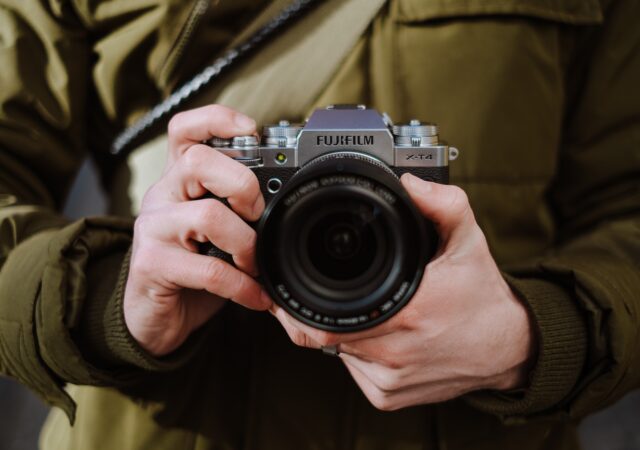FUJIFILM launches their new app, the INSTAX UP!. The new app is designed to capture printed INSTAX films and store them digitally.
Fujifilm Releases the new X-H2 with 40.2MP on Tap and up to 8K 30fps Internal Recording
Fujifilm releases the most advanced APS-C camera ever in their stables, the X-H2 offers 40.2MP and up to 8K video recording capabilities.
FUJIFILM X-T4 Launches With Stability Control
FUJIFILM’s cameras have been quite iconic and has been a go to for plenty of hobbyist and professionals alike. Their mirrorless APS-C flagships like the X-T2 and X-T3 proved to be some of the most popular platforms among photographers. There…




